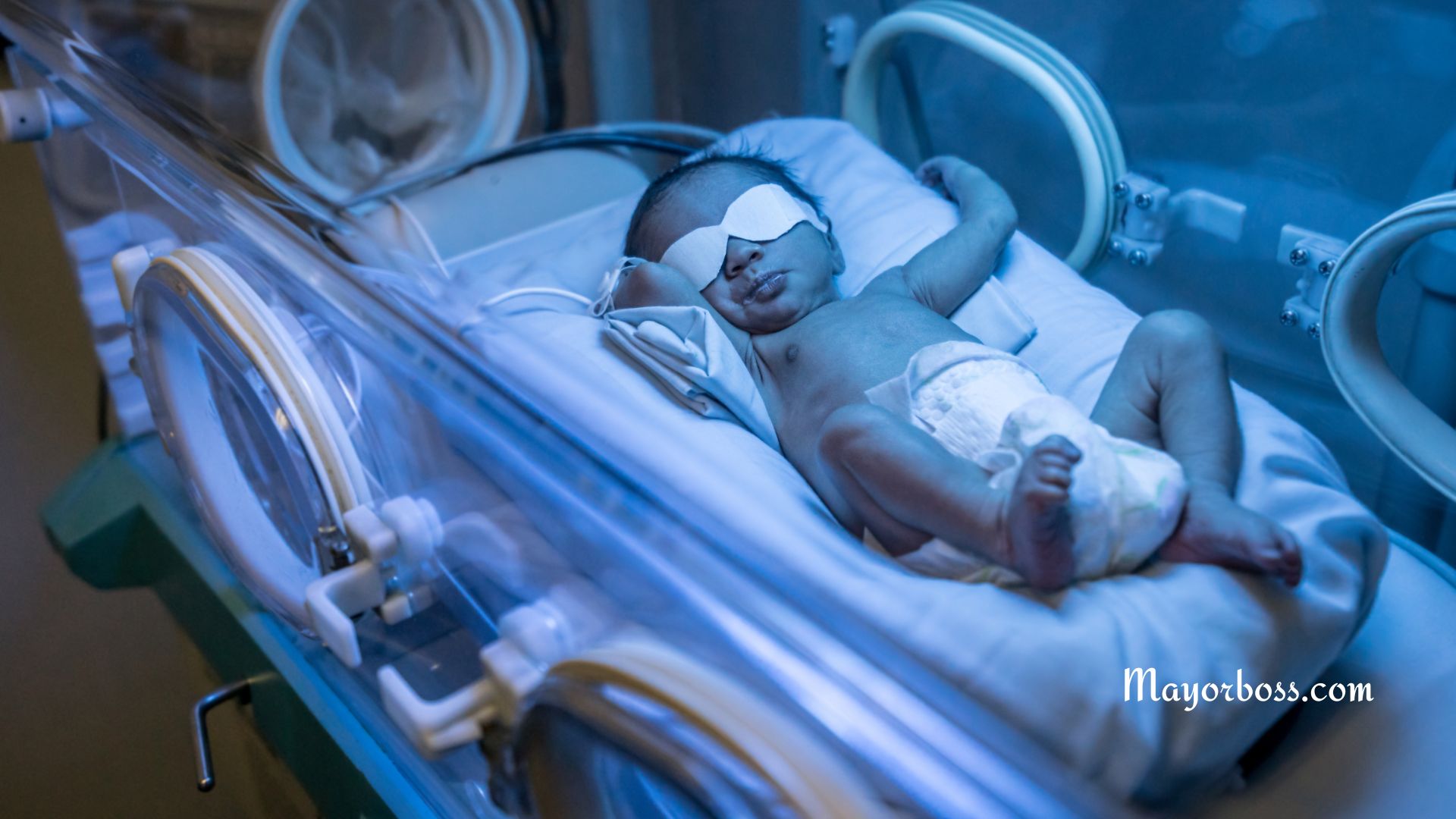Jaundice in Babies: What You Need to Know
Jaundice in babies is a common condition that usually appears a few days after birth. It causes a yellowing of the skin and eyes due to an excess of bilirubin, a yellow pigment produced when red blood cells break down. Often mild, this condition usually goes away on its own, but it can sometimes signal an underlying health problem. Here’s what you need to know.
What is Jaundice?
Jaundice is the yellowing of a baby’s skin and eyes. It’s not a disease but a sign that there might be something affecting the baby’s liver or blood cells. Most of the time, it’s not serious, but sometimes it can point to other health issues.
Why Does it Happen?
Babies are born with extra red blood cells. As these cells break down, a substance called bilirubin is produced. Normally, the liver filters this out, but a newborn’s liver might not be mature enough to do this efficiently. When there’s too much bilirubin, the skin, and eyes can turn yellow.
Types of Jaundice
There are several types of jaundice that can affect a newborn. Let’s look at the most common ones.
Physiological Jaundice
This is the most common type, and it usually occurs 2 to 4 days after birth. It often goes away without treatment.
Breastfeeding Jaundice
According to some studies, babies who are breastfed can develop jaundice in the first week. This might be due to not getting enough milk.
Breast Milk Jaundice
This can happen in breastfed babies after the first week and last up to 12 weeks. It’s thought to be caused by substances in the breast milk that make it harder for the liver to process bilirubin.
Hemolytic Jaundice
This type of jaundice happens when there’s a mismatch between the baby’s blood type and the mother’s. It can cause a rapid increase in bilirubin.
Symptoms and When to See a Doctor
The main sign of jaundice is a yellow tint to the skin and eyes. You might notice it in the face first, then spreading to the chest and stomach. The whites of the eyes may also turn yellow.
If you notice these signs, it’s good to talk to your baby’s doctor. Even though jaundice is often harmless, the doctor will want to make sure it’s not a sign of something more serious.
Treatment
Most of the time, jaundice goes away on its own. But if it doesn’t, there are some treatments that can help.
Light Therapy
A common treatment is light therapy, where the baby is placed under special lights. This helps break down bilirubin.

Feeding More Often
If you’re breastfeeding, feeding more often can help. More feedings mean more bowel movements, which helps get rid of bilirubin.
Medical Treatments
In rare cases, medical treatments like a blood transfusion might be needed.
Jaundice in babies is common and usually, nothing to worry about. But knowing what to look for and when to see a doctor can make all the difference in ensuring your little one is healthy and happy.






